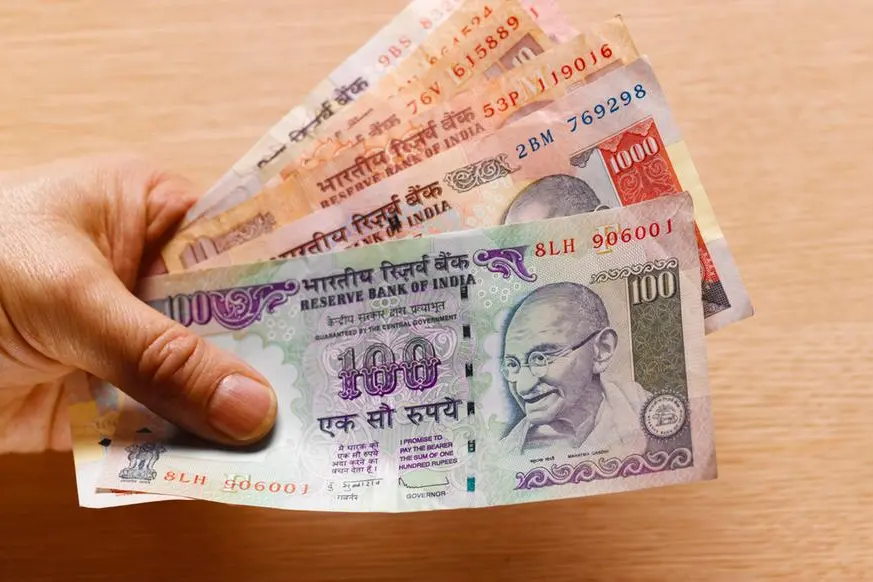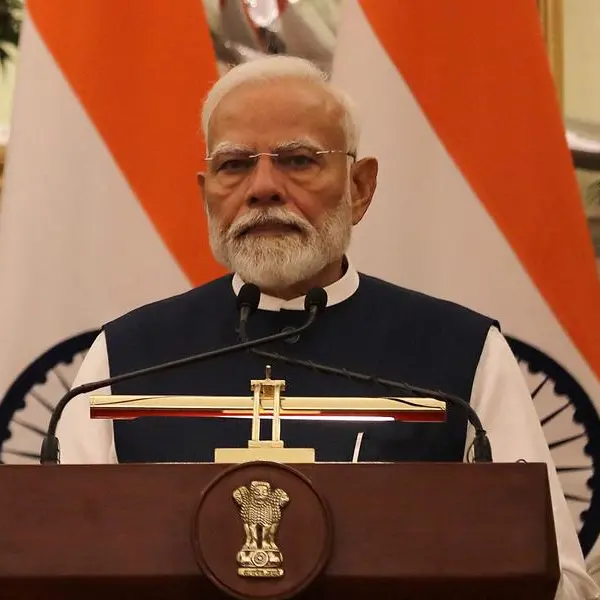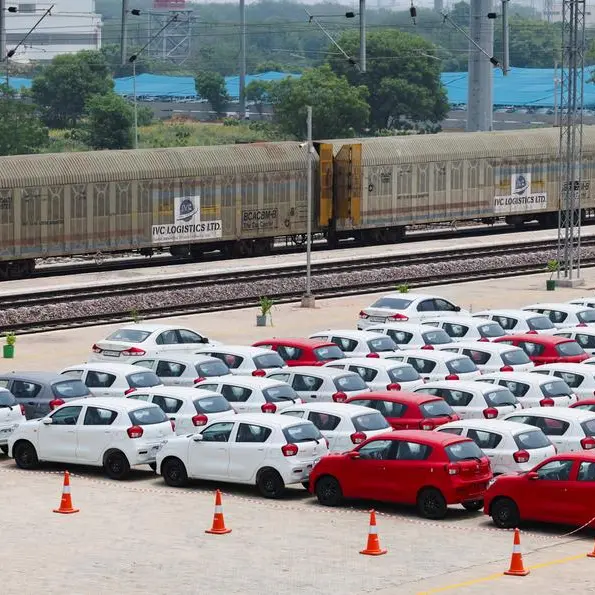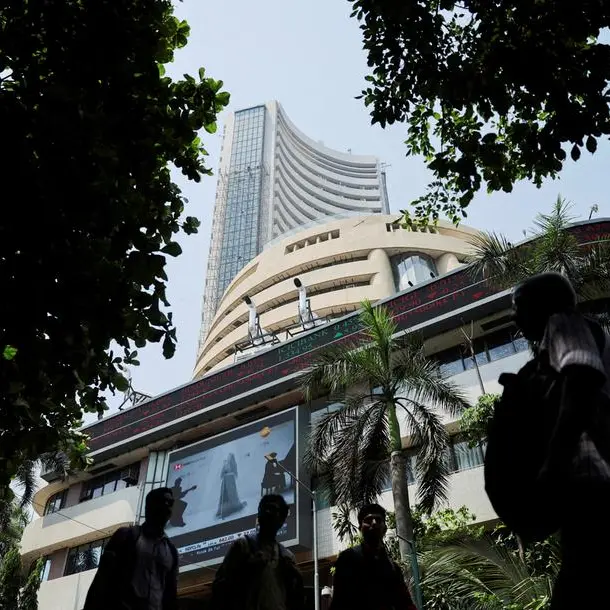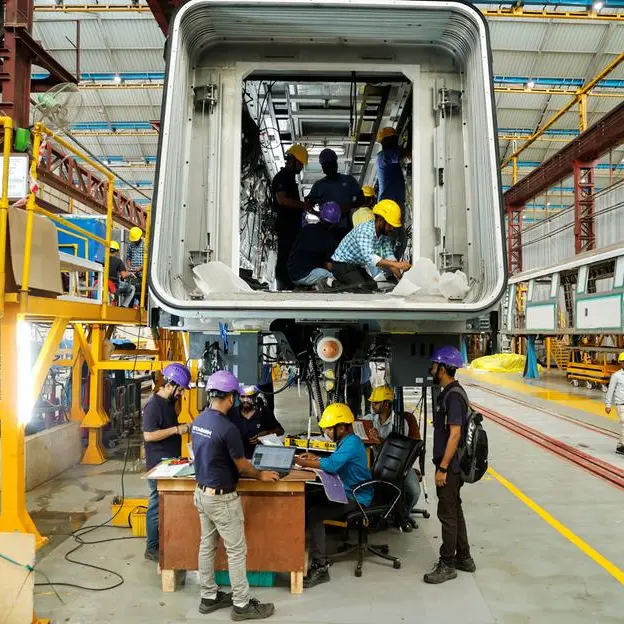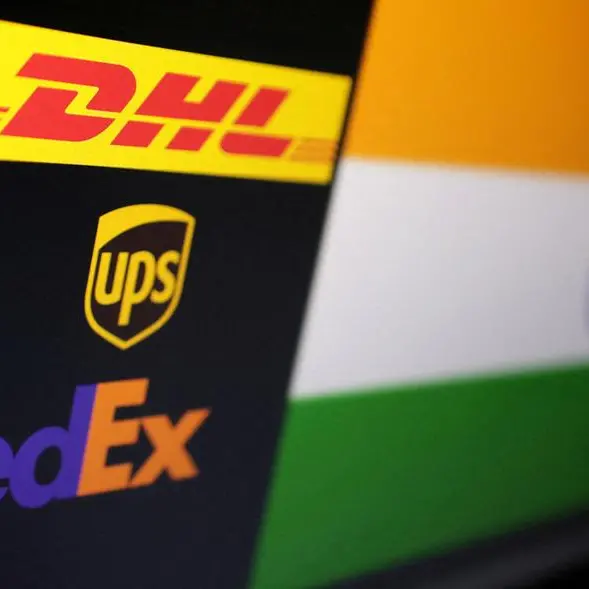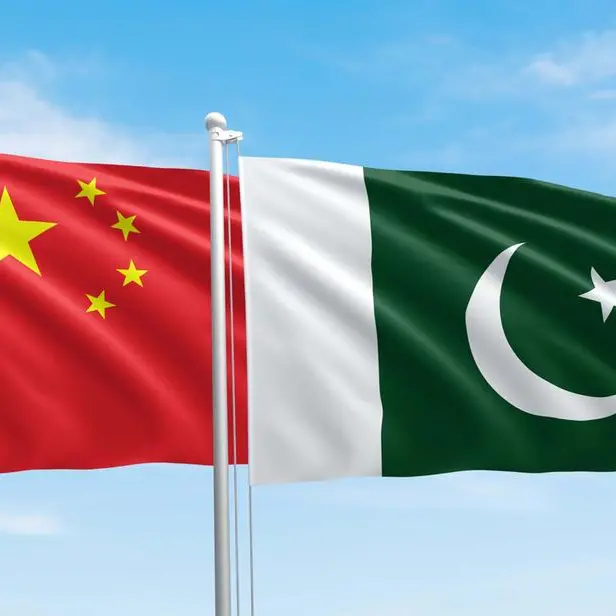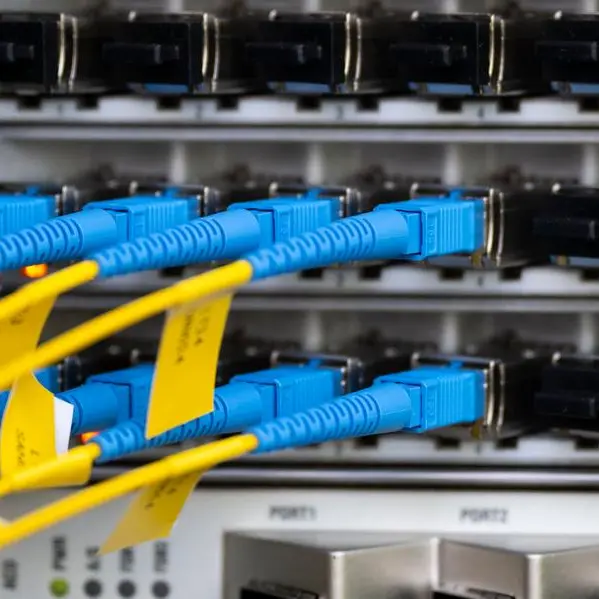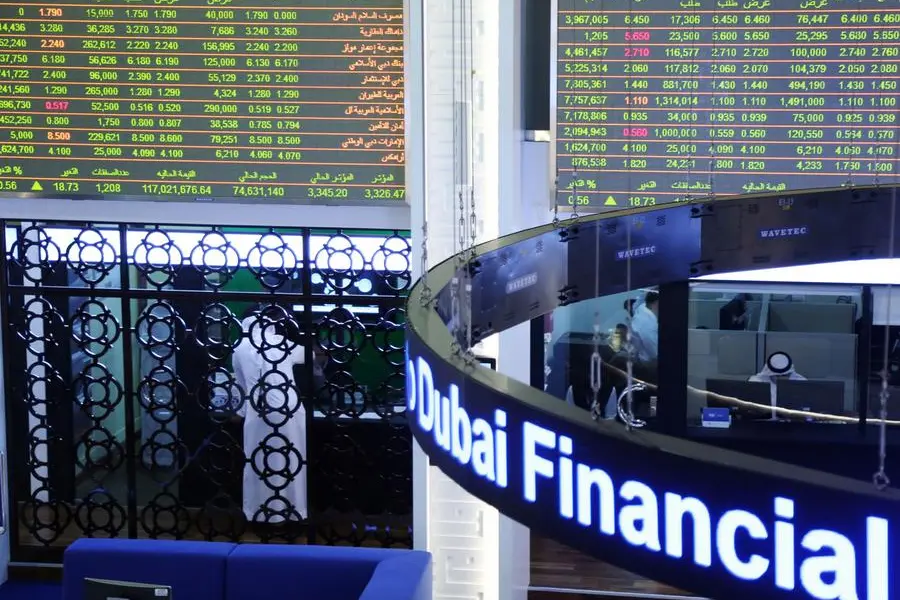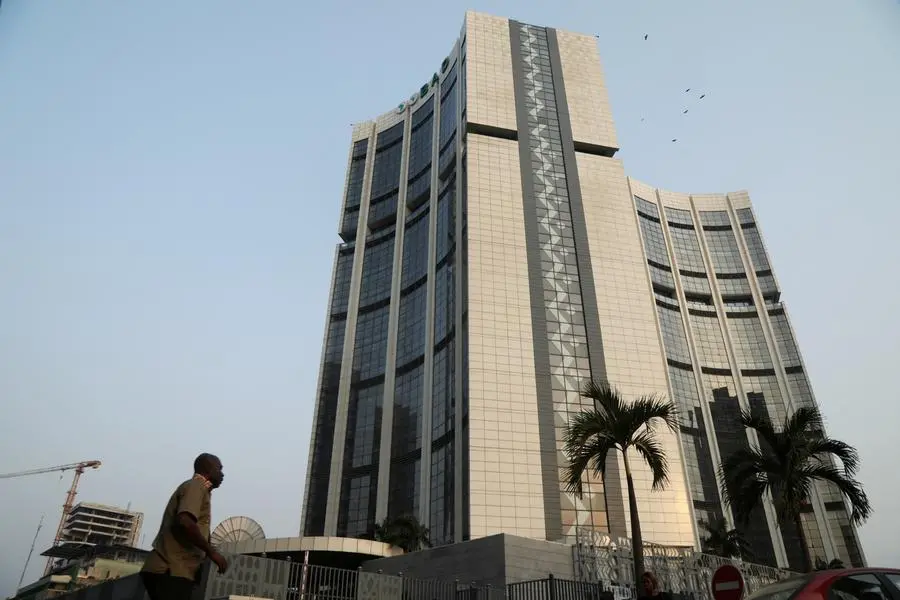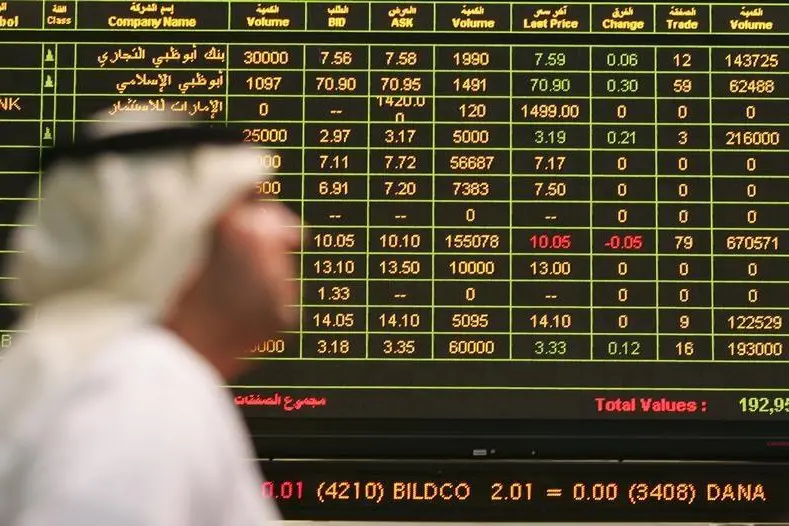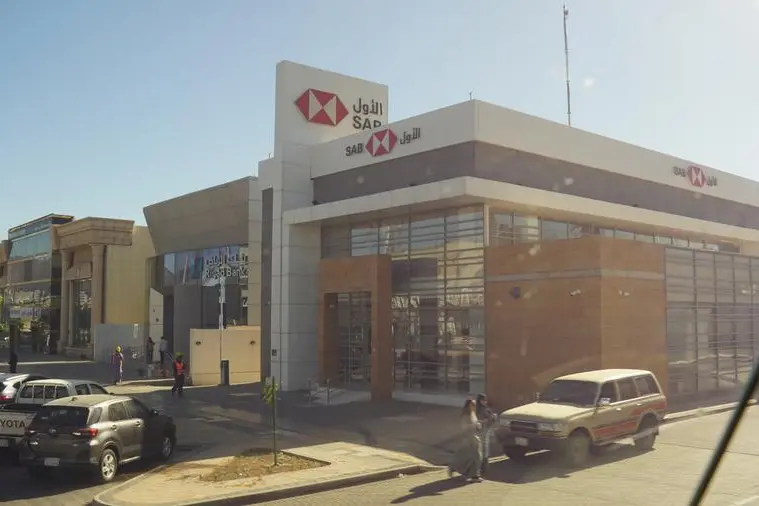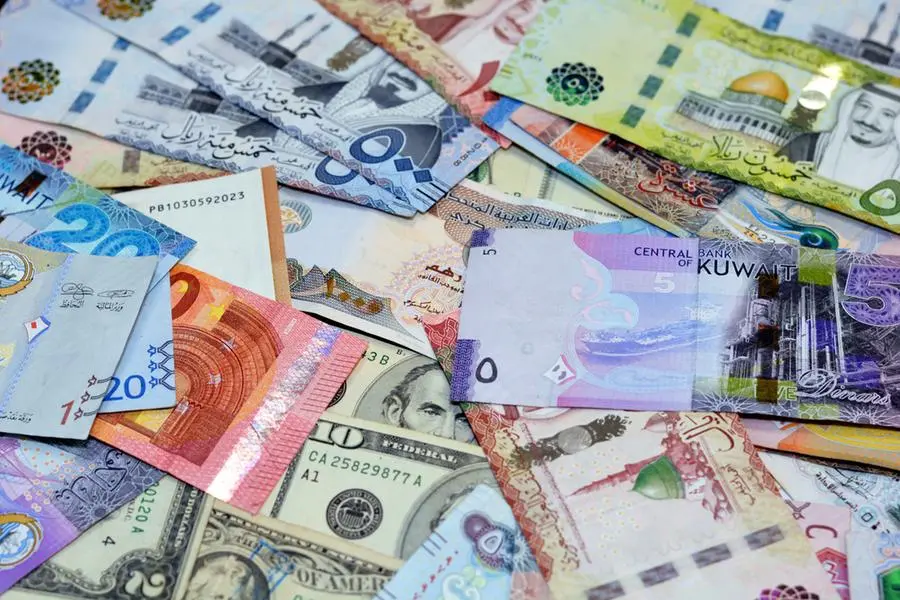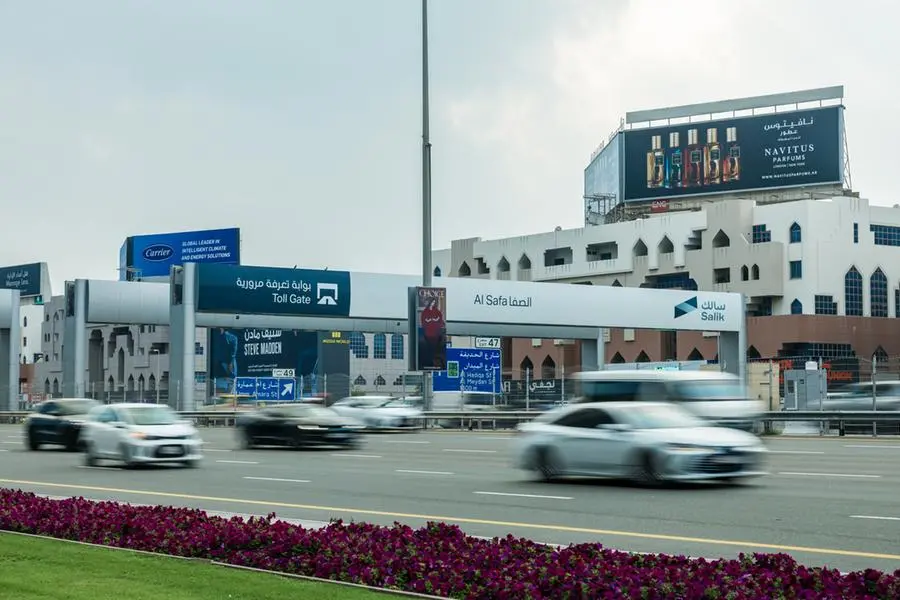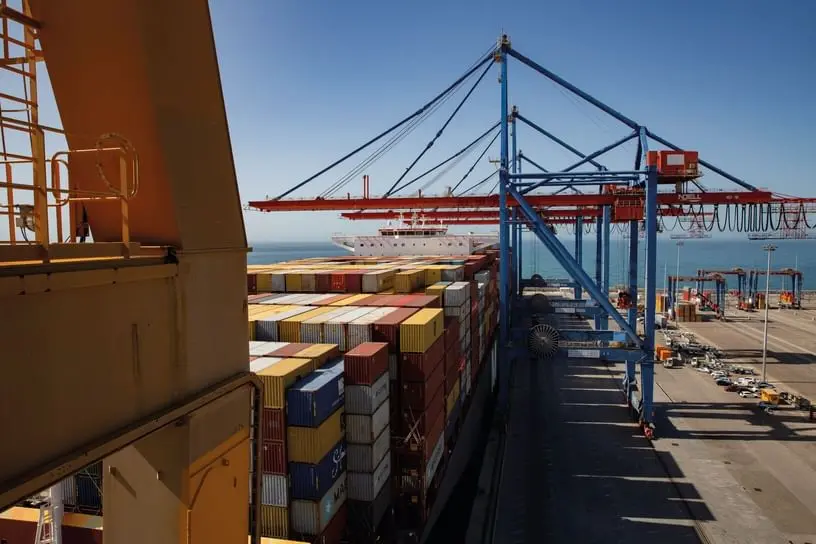PHOTO
Hand holding indian bank notes. Getty Images
New Delhi: When UAE's President Sheikh Mohamed bin Zayed Al Nahyan swiped a card embossed with his name to mark the start of the RuPay service in Abu Dhabi this February in the presence of Indian Prime Minister Narendra Modi, it was a precursor of things to come.
"We are embarking on a new fintech era," said the Indian prime minister. And indeed it was as India’s premier card payment network RuPay advances another step towards bolstering its global acceptability with Maldives, under the leadership of pro-China president Mohamed Muizzu, gearing up to launch the 'Made in India' payment service system.
The purpose of the archipelagic nation is to reduce dependency on the US dollar and strengthen the Maldivian Rufiyaa, through regional financial integration.
The Maldivian government, recently, confirmed that India and China would cooperate to facilitate import payments in their respective currencies, and this policy shift could potentially cut Male’s annual import bill of 1.5 million US Dollars by nearly 50 percent.
As per local news reports, Maldives’ Minister of Economic Development and Trade Mohamed Saeed highlighted how both India and China have agreed to conduct bilateral trade using local currencies.
The minister said that he had met with Indian High Commissioner MunuMahawar two weeks ago, and the Indian envoy assured New Delhi’s support in facilitating the settlement of import payments in Indian Rupees, marking a significant step in economic collaboration between the two nations, according to reports.
However, there has not been any announcement of a timeline for the launch.
After officially introducing the National Payments Corporation of India (NPCI)-developed card payment network, Maldives will join several other countries, including Bhutan, Nepal, Mauritius, United Arab Emirates (UAE) and Singapore, which allow RuPay services.
NPCI, which is owned by a consortium of major banks in India, launched RuPay in March, 2012, as a financial services and payments network and was projected as India’s alternative to international card payments providers.
RuPay cards were also aimed at turning the country into a less-cash economy and improving the ability of Indian financial institutions to offer electronic payments services.
RuPay cards are issued by over 1,100 banks, spanning private and public sector outfits as well as cooperative banks.
According to RuPay website, its ten core promoter banks are State Bank of India, Punjab National Bank, Canara Bank, Bank of Baroda, Union Bank of India, Bank of India, ICICI Bank, HDFC Bank, Citibank N. A. and HSBC.
As per data shared by the Union Ministry of Commerce and Industry, over 750 million RuPay cards have been issued in India, which makes for more than 60 percent of the total cards issued in India.
Years after RuPay's introduction, NPCI in August, 2020, launched an international subsidiary called NPCI International Payments Limited (NIPL) to increase the globalisation and availability of RuPay in foreign markets, which kick-started RuPay's journey of global acceptability.
As of March 2021, the market share of RuPay cards in India by volumes of traction was at 34 percent and by value 30 percent, according to reports.
The Indian government in December, 2021, approved a ₹1,300 crore ($170 million) package to promote RuPay among marginalised sections of the population.
Two leading American card payment services, Mastercard and Visa, have reportedly raised concerns with the Office of the United States Trade Representative (USTR), an agency of the US federal government responsible for developing and promoting American trade policy, over India promoting the use of RuPay.
To make cross-border payments easier, NIPL in November, 2021, signed a memorandum of understanding (MoU) with UK-based fintech company PPRO Financial to expand the acceptance of RuPay in foreign markets, especially in China and United States, which account for half of all international transactions coming from India, as per reports.
Under its Payments Vision 2025, the Reserve Bank of India (RBI) will further push for the internationalization of RuPay, with countries using the United States dollar, Pound sterling and Euro under bilateral treaties.
According to reports, NIPL signed a definitive agreement with PPRO Financial in April last year that will enable acceptance of UPI among international payment service providers (PSPs) and global merchant acquirers.
According to a consumer study by ZET (formerly OneCode), a fintech platform with 1.5 million agents for financial distribution, Unified Payments Interface (UPI) integration has resulted in an uptick in demand for RuPay credit cards in India’s Tier-2, 3 and 4 towns and cities.
As per the study report, the percentage of RuPay cards issued through the platform during the April-June quarter of the last fiscal year (FY23) stood at 29 percent while Mastercard and Visa were almost on par with 36 percent and 35 percent, respectively.
However, the demand for RuPay cards surpassed those for Visa and Mastercard in the following quarter as demand for RuPay credit cards went up by 37 percent (QoQ) in the July-September quarter across India’s 706 small towns and cities, according to reports.
RuPay, which offers debit cards, credit cards, prepaid cards, government scheme cards, and online transactions, has tied up with international players like Discover, Japan Credit Bureau (JCB), China UnionPay, Diners Club International, Pulse (US), NETS (Singapore), BC Card (South Korea), Elo (Brazil), and DinaCard (Serbia) to bolster its global acceptance and recently achieved the milestone of issuing 25 million RuPay – Discover global cards.
NPCI also introduced RuPay 2.0, which is the next-generation version of the RuPay card scheme.
It offers a host of new features and benefits such as RuPay On-the-Go, RuPayPoS, RuPay AutoPay, RuPay for Business, and RuPay Commercial Credit Card.
As the future plan, NPCI eyes on launching RuPay services in Australia, Philippines and Sri Lanka, as per reports.
© Muscat Media Group Provided by SyndiGate Media Inc. (Syndigate.info).
